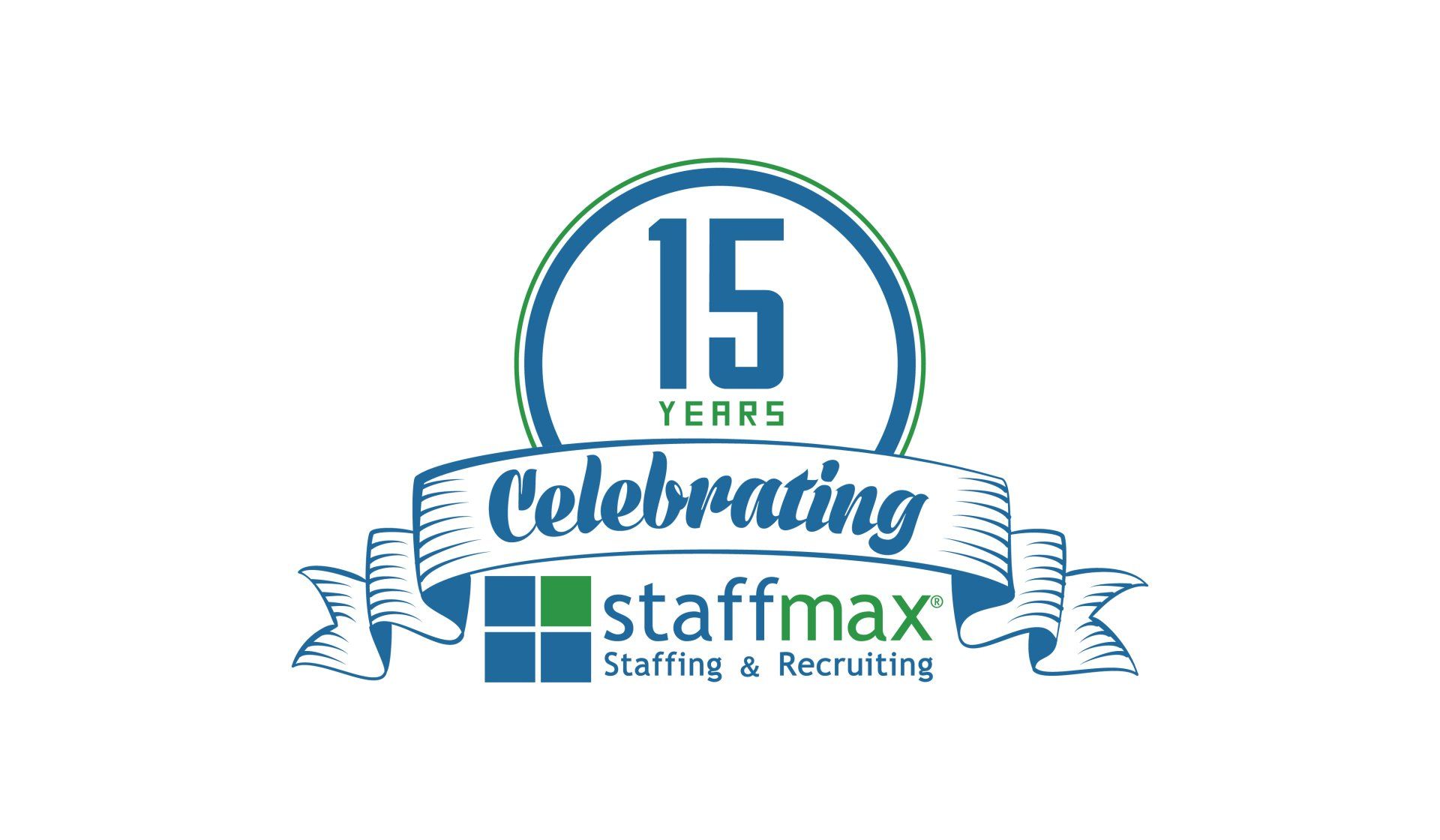With a shrinking talent pool, employers are searching non-traditional places to find the people and skills they need — a trend that could continue in the year ahead.
By Arina Sofiah for humanresourcesonline.net

Employee turnover, the rise of the career nomad, a greater focus on internal mobility — these are some of the key trends employers can expect in 2022, according to recent findings by Korn Ferry.
In particular, the study has identified 10 key talent and leadership trends to keep an eye on, based on inputs from organizational, talent and leadership experts from across the globe.
1. The Great Resignation is only going to amplify
For some time, companies have struggled with a shrinking talent pool, but the global pandemic accelerated this talent shortage — in fact, a recent Korn Ferry survey showed that 55% of professionals believe employee turnover will increase in 2022, while 31% say they would leave their job even if they do not have another one lined up.
To adapt to this issue, companies are increasing starting salaries, offering more long-term incentives and benefits, and paying sign-on bonuses, even for less-senior hires.
2. The rise of the career nomad
The pandemic has also spurred a change in the way we work — employees can now work anywhere, everywhere, and at any time.
As a result, however, 32% of professionals say they will not go back to the office full time. Similarly, 36% of professionals say they plan to take a different job in the near future because the pandemic has allowed them to re-evaluate what they want and the change they need.
3. Re-establishing connections with colleagues
In 2022, leaders should actively create opportunities for deeper connections within their companies, or risk employees going deeper into silos. organizations must instill a culture of listening, understanding and inspiring employees to feel more connected.
This is especially important given how the pandemic has brought on the move from hour-long in-person meetings, to condensed, half-hour Zoom calls.
4. The people you have will become the people you need
In relation to the first trend, a talent shortage means organizations will start to focus more on internal mobility, and reskilling and upskilling existing employees to prevent attrition and fill niche roles.
To achieve their reskilling goals, some companies are doubling down on their training, development, coaching, and mentorship programs and creating more on-the-job learning experiences, while others are investing in new technologies to help advance careers.
5. Moving from disruption to reinvention
The pandemic has largely shed light on how organizations change what they did and how they did it because they had to, without much consideration or planning for the future.
Taking it further, if companies can harness the agility and flexibility shown by their workforces, they also can make use of the opportunity to reinvent themselves for a new age — i.e., finding solutions for shortages, climate change, digital acceleration, supply chain issues, and ever-shifting consumer demands.
6. Walking the talk in sustainability
ESG and sustainability issues are now firmly on the boardroom agenda and there will be more pressure on organizations to take action in 2022.
More and more organizations are waking up to the reality that science alone will not get them where they need to be. Meaningful transformation requires changes in mindset and skillsets.
7. Employee wellbeing takes centre stage
Unsurprisingly, employees feel increasingly burnt out from an abundance of virtual meetings, a lack of connectedness to colleagues, a lack of separation between work and home, and a myriad of personal challenges rising from the pandemic and social unrest.
Organizations are increasingly putting employee wellbeing centre stage, far beyond mental health initiatives or fitness-related perks. On a wider scale, culture change is required. Leaders need to become skilled at discussing mental and personal health with team members—not an area of leadership development many have focused on before.
8. Wider representation of talent
To overcome the looming aforementioned talent shortage, organizations are easing up on job qualifications, such as four-year college degrees and set years of previous experience, as well as resume gaps. Interestingly, employers are also searching outside of their industry, within the retired workforce, and to other nontraditional places to find the people and skills they need.
9. Employers are accepting more accountability
As remote and hybrid working become normalized, leaders recognize that more time should be devoted to building new working cultures to match. It is likely that there will be frequent check-ins and continuous feedback, where agile, collaborative employees are most likely to thrive.
Increased accountability is hitting the C-suite, too. Corporate leaders are under increasing pressure to hire and develop people from underrepresented groups, pay workers equitably and take stands on social issues.
10. The shift from “me” to “we”
The disruption these past two years have brought us has taught the world that it pays to work together for good. Being a community doesn’t just give us meaning—it gets results. In the year ahead, employers can expect to see a rise in collaborative working practices and shared goals.













